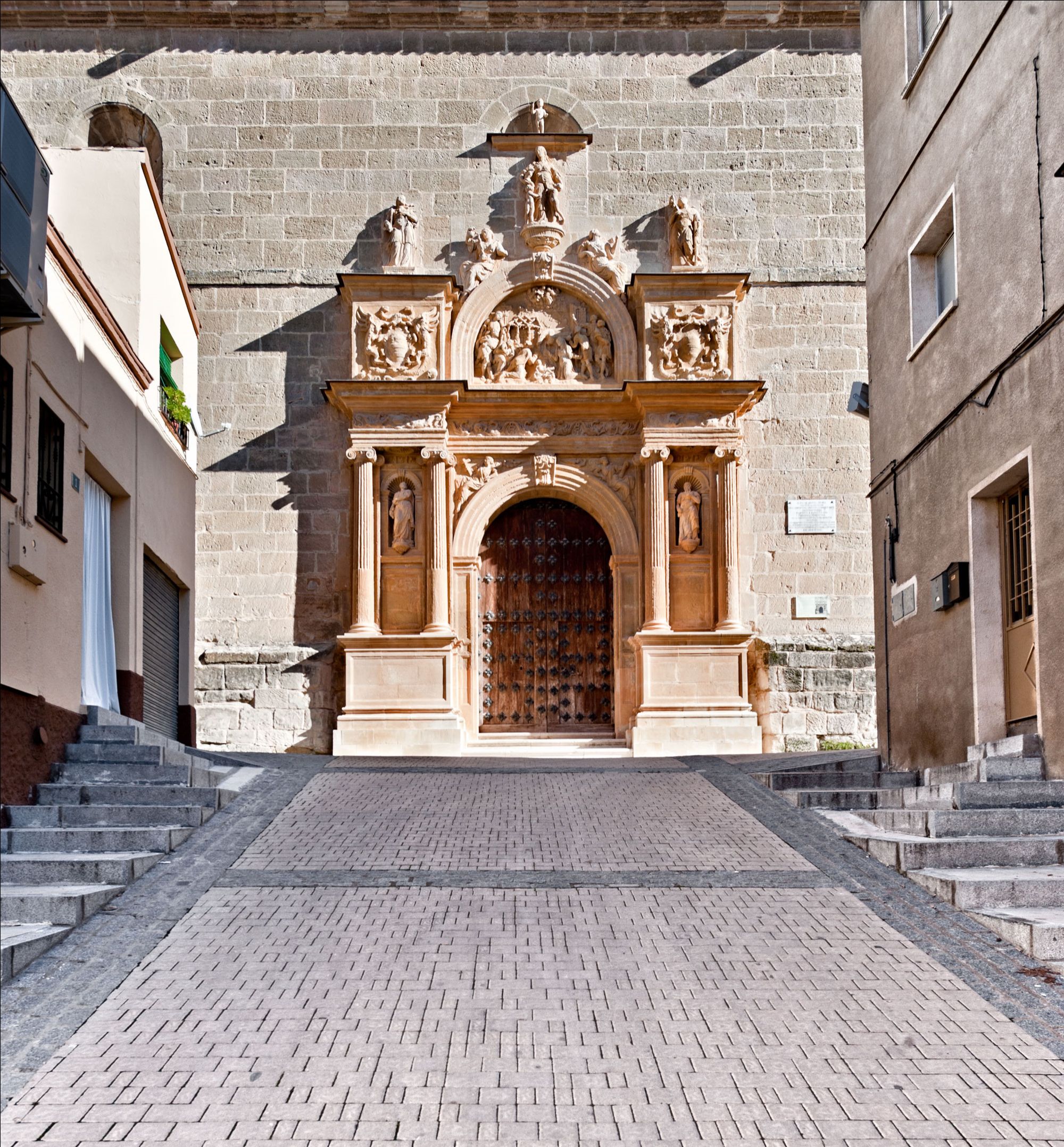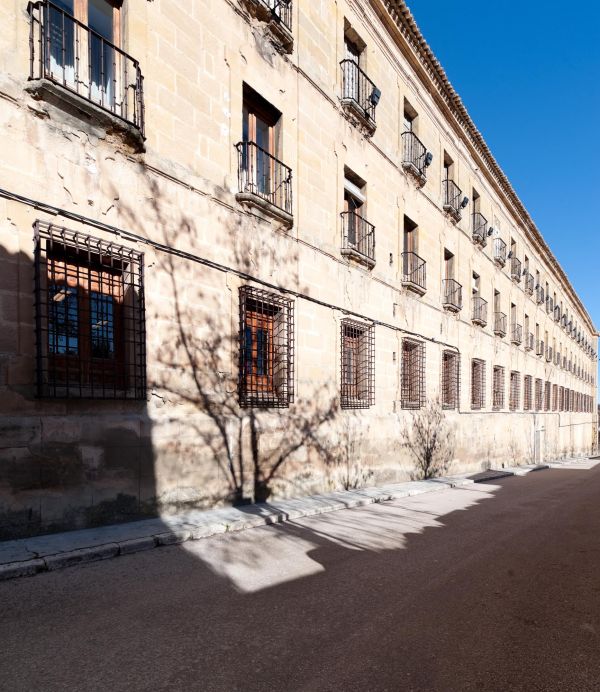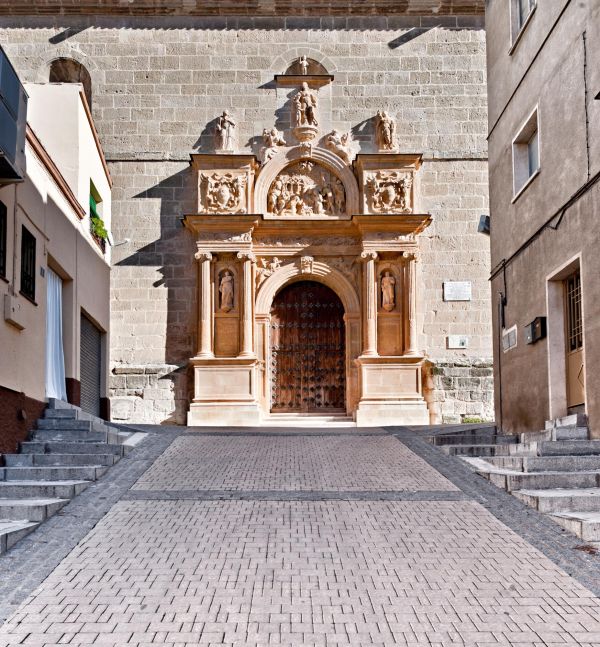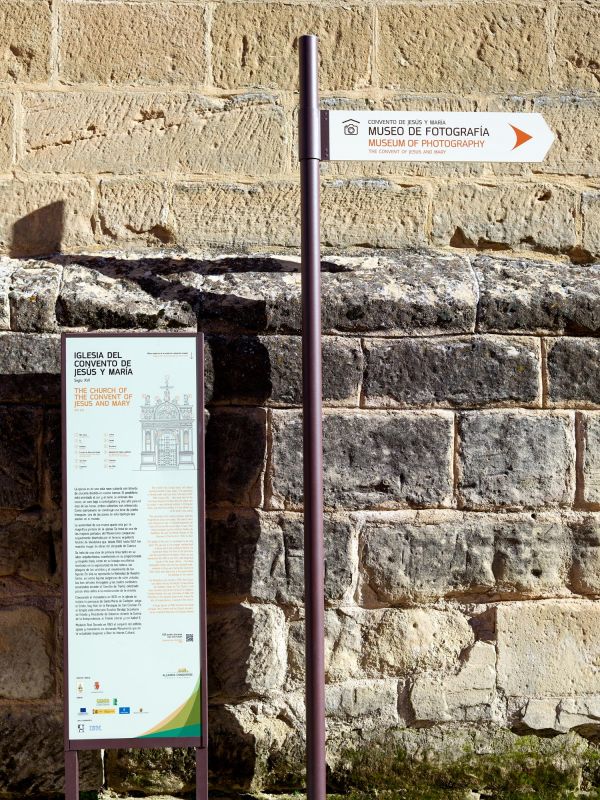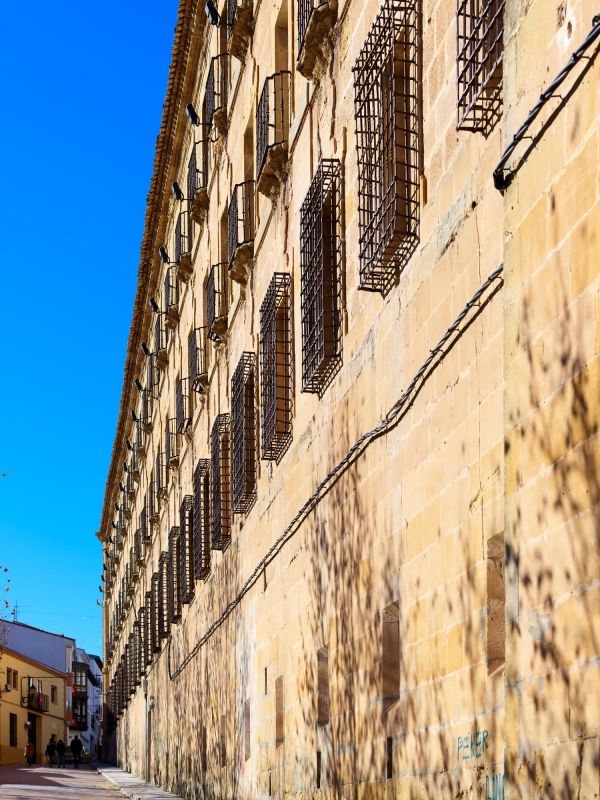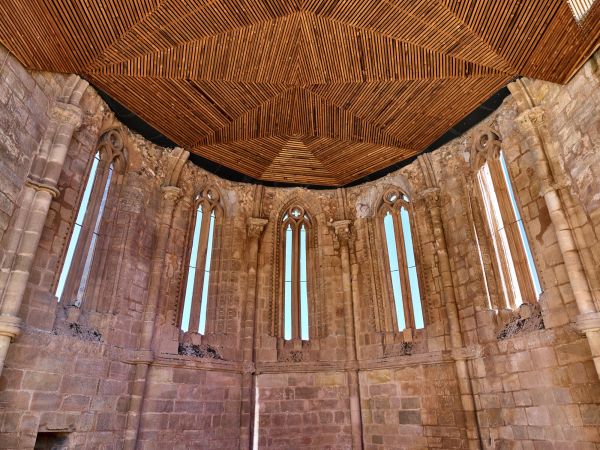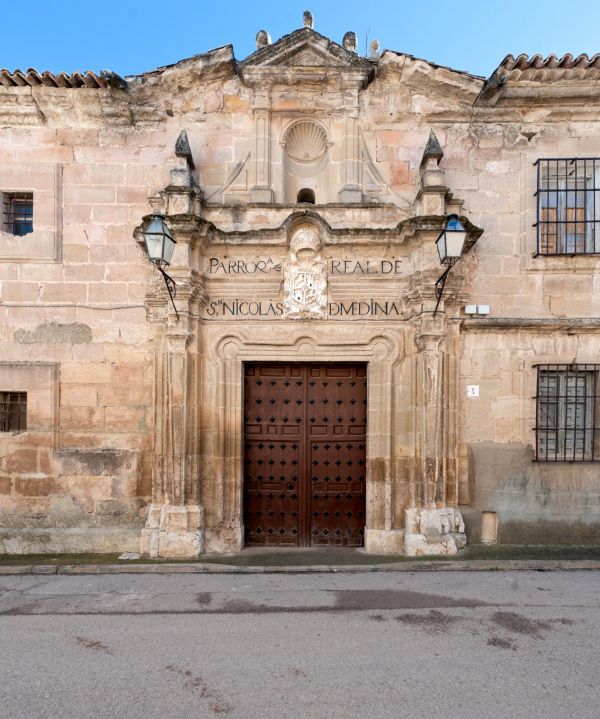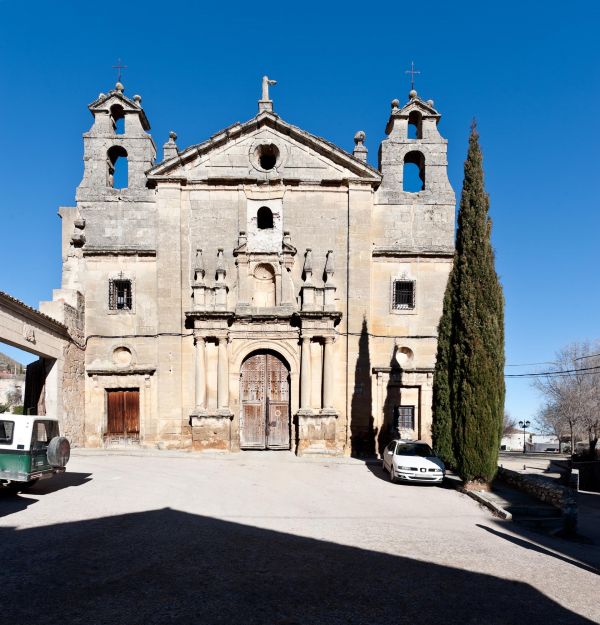Huete
Cuenca
You need at least one day to enjoy Huete, a two-thousand-year-old city and still unknown to the general public, but home to a vast heritage that will impress all visitors: religious architecture, with three monasteries or convents and treasures such as the stunning remains of Santa María de Atienza or the small parish church of St. Peter; civil architecture including the Royal Granary and the Watch Tower, the home of the Count of Garcinarro Palace home and the house of the Amoraga family; popular architecture, the so-called “chozas” or cave homes at the foot of the castle hill; the wall marking the boundaries of the medieval city... And to finish, a stroll in the Chopera park.
The imposing Monastery of the Mercy is also an important cultural centre as it houses three museums: the Florencio de la Fuente Contemporary Art Museum (with works by Picasso and Dalí, the Sacred Art Museum and the Ethnography Museum (with an excellent collection of dolls and toys from the era).
A surprise: the Monastery of Christ houses the Antonio Pérez Foundation, a photography museum with a valuable collection of the best photographers from our country and abroad: such as the Spaniards Ramón Masats, Castro Prieto, Isabel Muñoz, Juan Manuel Díaz Burgos, Navia or Ricky Dávila, and others from outside Spain, including Jean Marie del Moral, Déborah Garwood or Angele Etoundi.
Huete has other hidden treasures of a culinary nature: wine, cheese, lamb, oil, honey, etc. A visit to the hermitage dairy or a wine tasting at the Uribes-Madero (Pago Calzadilla) Winery, trying the local olive oil, etc. are just some examples of optional activities.
Lastly, the beginnings. It’s called the two-thousand-year-old-city because in these lands, the Romans found the Lapis Specularis, crystallised plaster, the Hispanic glass, turning this area into the empire’s most extensive mining territory and a zone of wealth and splendour. Visit the Sanario Mines (5 km, along the road to Saceda del Río), a 30-minute trip through its galleries, with a helmet and torch, to learn about the lighting, how the miners worked and how, centuries ago, glass was extracted which was sold throughout the Mediterranean and that was used to build the first large windows.
The mines can only be visited on Saturdays and Sundays at specific time slots. For further information, contact the Tourist Office.
May also be of interest to you
Castilla-La Mancha Tourism in 2023. All rights reserved.

 365
365
